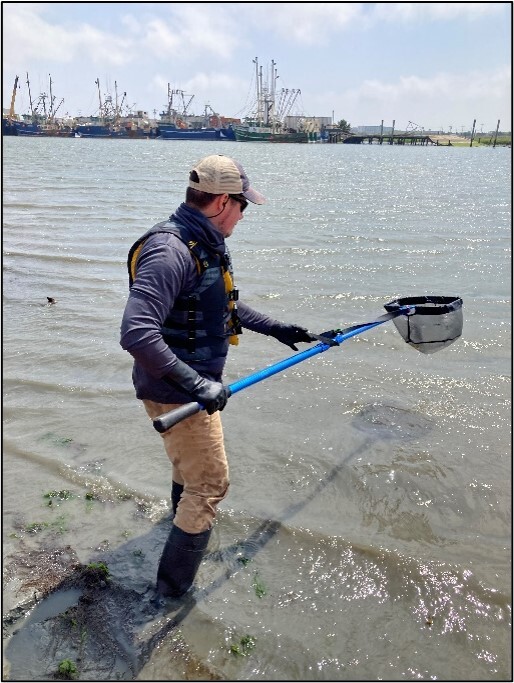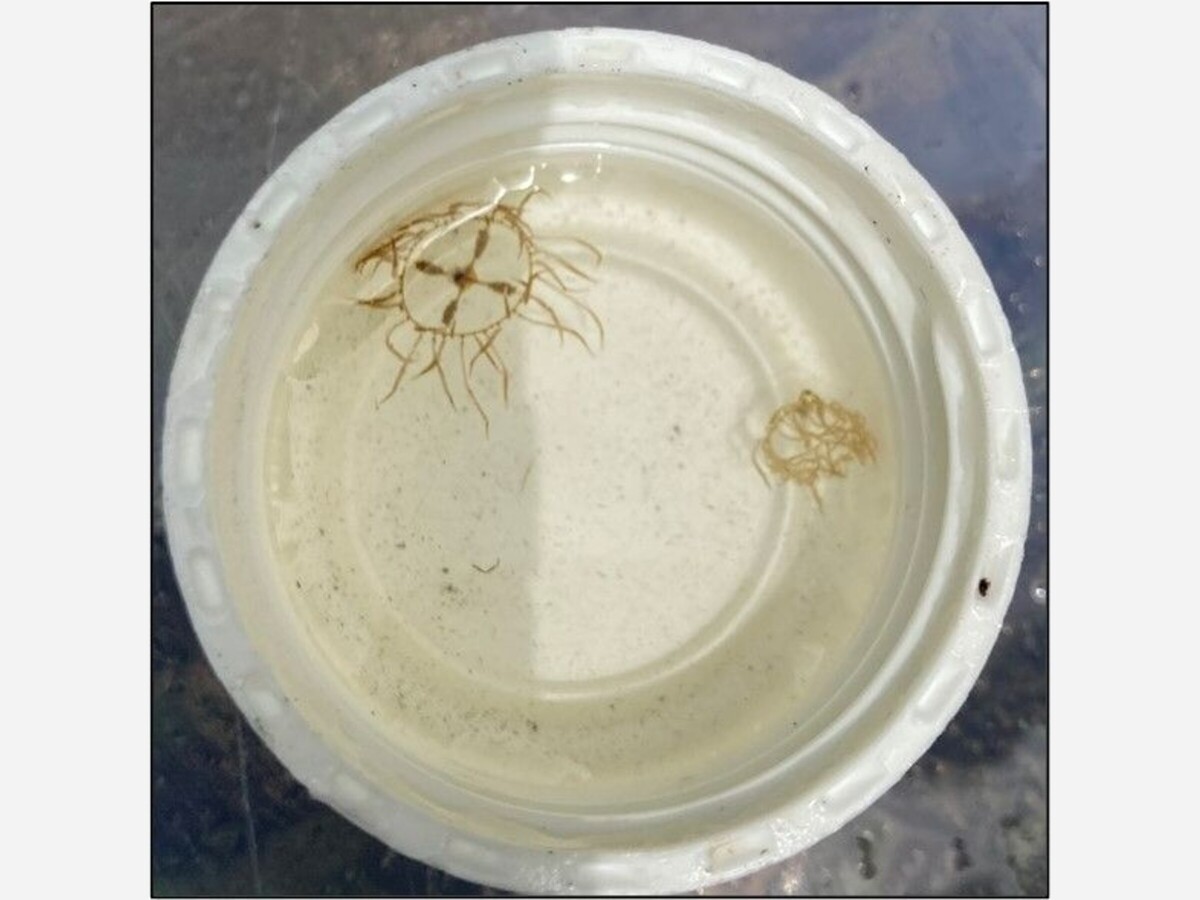Beware of Clinging Jellyfish: NJDEP Warns Public Ahead of Peak Season in Coastal Estuaries and Rivers
The small but potent clinging jellyfish are back in New Jersey waters and the NJ Department of Environmental Protection stresses the need for vigilance.
The New Jersey Department of Environmental Protection (NJDEP) urges the public to be vigilant for the presence of clinging jellyfish, a diminutive marine species known for delivering an exceedingly painful sting. Found in certain estuarine and bay waters across the state, this aquatic threat has spurred the DEP to enhance its monitoring capabilities with new early detection technology.
The DEP now uses environmental DNA (eDNA) markers to track and monitor clinging jellyfish populations in the water. These jellyfish, a non-native species first discovered in New Jersey in 2016, have maintained a stable population and distribution since their identification, according to Shawn M. LaTourette, Commissioner of Environmental Protection.
"Despite their stable population, the powerful sting of the clinging jellyfish necessitates the public's vigilance and caution, especially in the coastal bays and rivers where they are found," said LaTourette.

Ocean waters and beaches are unlikely habitats for these jellyfish. They favor shallow, slow-moving estuarine waters, latching onto algae or marine vegetation like eelgrass.
To prevent unfortunate encounters, the DEP advises against wading in areas known for their presence and suggests the use of waders and long-sleeved clothing in these waters. The sting of a clinging jellyfish induces an initial burning sensation, with responses varying among individuals. In case of a sting, rinsing the area with salt water and carefully removing any remaining tentacle materials is recommended. If symptoms persist or pain escalates, immediate medical attention should be sought.
These jellyfish, whose size ranges between a dime and a quarter, are identified by a distinctive reddish-orange to yellowish cross within their translucent bodies.
Dr. Paul Bologna, a marine biologist at Montclair State University, emphasizes the importance of public involvement in tracking this species. "The public is often our best source of information. Many eyes on the water help us confirm new areas where they are located to better inform the public and keep everyone safe."

Recent collaborative research by the DEP, Rutgers University’s Department of Ecology, Evolution, and Natural Resources, and the Rutgers eDNA Lab aims to refine eDNA technology for detecting invasive cnidarians, which includes the clinging jellyfish. This novel technology provides a more comprehensive and timely assessment of the marine species community.
Clinging jellyfish are found in several locations in New Jersey, including the Metedeconk River, the Shrewsbury River, Island Beach State Park, and the Cape May National Wildlife Refuge, among others. Their presence is mostly noted from mid-May to late July, or until bay water temperatures exceed 82 degrees Fahrenheit.
For confirmed locations of clinging jellyfish, the public can consult the NJ Clinging Jellyfish Interactive Map, updated weekly by research scientists from the DEP and Montclair State University. The DEP also encourages the public to report any sightings of clinging jellyfish and avoid contact with them. More information can be found on the New Jersey Jellyfish Information site.















